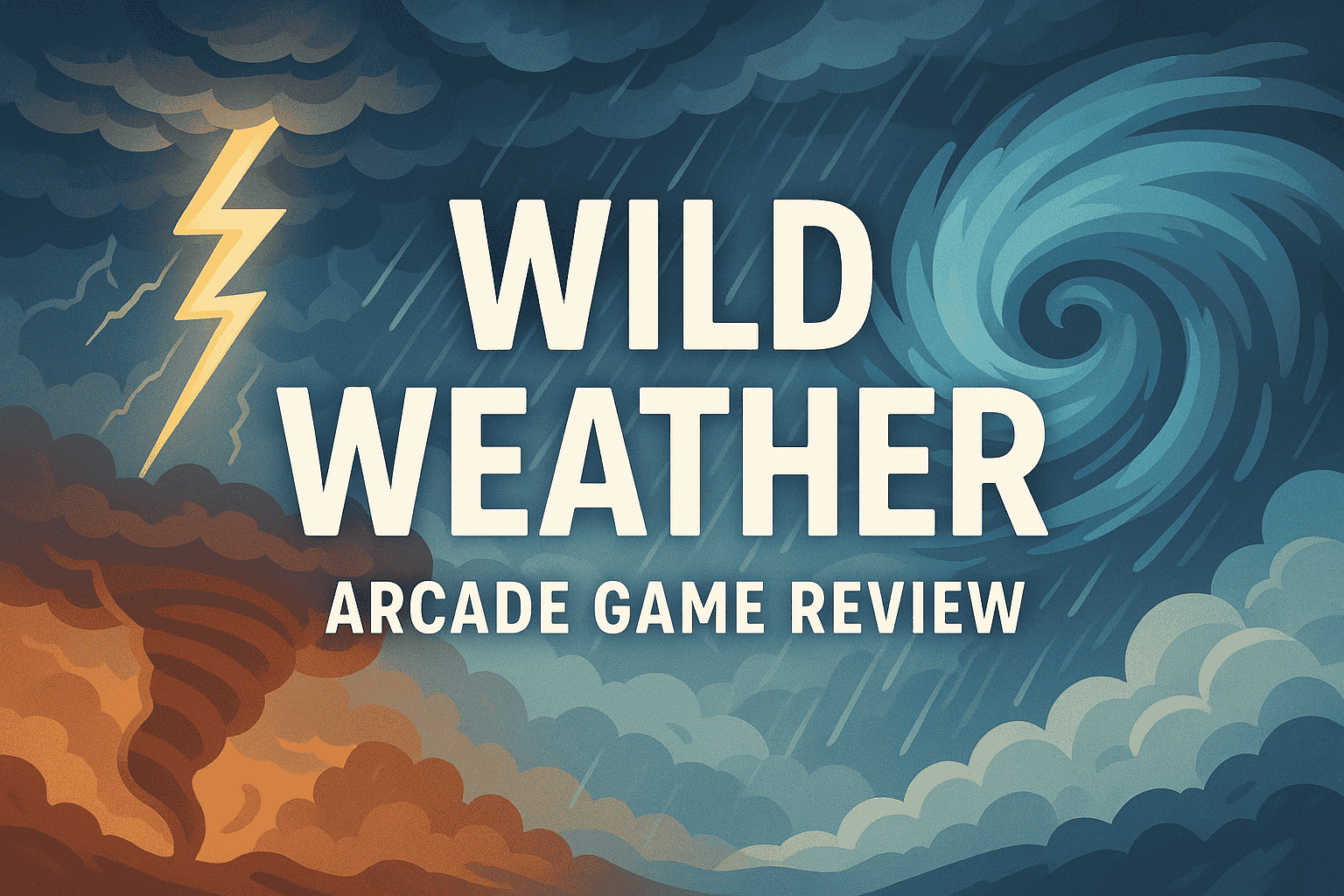The Use of Figurative Language and Imagery
It's easy to assume that straightforward language is the easiest for us to understand, yet occasionally, more imaginative terminology gets the desired effect. Poets and writers employ figurative language to enhance imagery and lend words greater force. Metaphor, simile, and a plethora of other nonliteral techniques of communication aid in familiarizing and understanding unfamiliar ideas.
What Is Figurative Language?
Figurative language, which originated in the middle of the nineteenth century and is derived from the Old French word "figuratif," which means "metaphorical," is phrasing that goes beyond the literal meaning of words to convey a message or point.
Figurative language makes use of figures of speech to increase its persuasiveness and effectiveness. Words or sentences used in this linguistic style have meanings that diverge from the literal understanding. Moreover, literal language, often known as everyday language, is the antithesis of figurative language. We make use of this in our regular conversation. We typically utilize terms in everyday speech that closely align with their original meanings.
Writers create figurative language through figures of speech such as:
- Simile
- Metaphor
- Personification
- Literary devices that heighten imagery, such as alliteration, assonance, and onomatopoeia
What is Imagery?
Using colorful or figurative language to depict things, events, or concepts is known as imagery. By appealing to our senses, a writer use language to effectively depict the story's events. In addition, the human body has five primary senses: touch, taste, smell, hearing, and vision. There are five different kinds of images because there are five senses.
Visual Imagery: Appeals to our sense of sight.
Example: The passage was dark and gloomy, but she could see a faint light coming from the far end of the passage.
Auditory Imagery: Appeals to our sense of hearing.
Example: The peal of laughter coming from the street broke the silence in the room.
Olfactory Imagery: Appeals to our sense of smell.
Example: The stagnant water in the tank had the smell of rotting eggs, so he covered his nose.
Gustatory Imagery: Appeals to our sense of taste.
Example: The warm, sweet chocolate drink made him happy.
Tactile Imagery: Appeals to our sense of touch.
Example: Then she rolled in the feather-soft mattress, and closed her eyes.
How to use imagery effectively?
Many factors need to be carefully considered in order to create effective imagery, including choosing the appropriate sensory elements, employing precise language, and utilizing similes and metaphors. You can utilize imagery that engages any of the five senses, depending on the genre, audience, and aim. Instead, concentrate on the most significant or striking sensory aspects that bolster your message and topic. Too many or irrelevant sensory information, on the other hand, can confuse or tire the reader. Use precise, concrete terms that help the reader visualize the content clearly and vividly rather than ambiguous or abstract ones. Two popular forms of figurative language that compare two things that are distinct yet have something in common are metaphors and similes. Using metaphors and similes can aid in the creation of imagery.
10 Types of Figurative Language
Writers favor a handful of common types of figurative language. Among these are:
- Metaphor. A simile is a figure of speech that uses a distinct connecting word, like "like" or "as," to compare two unrelated topics. Phrases like "I slept like a log" or "He was wily as a fox" are examples of similes.
- Allegory. A metaphor is a simile without the auxiliary words. It is merely a proposition that two distinct entities are same. For instance, "She cried a river of tears," or "He was a wily fox."
- Metaphor that is implied. Metaphor can be expressed in several ways. There are situations where the resemblance is only indicated and not stated outright, like in the sentence "He barked commands at the team," which suggests a dog.
- Personification. Personification projects human qualities onto inanimate objects, or perhaps animals or natural elements. “The wind howled,” “The words leapt off the page,” and “Time marches on” are all examples of personification.
- Exaggeration. Excessive and deliberate exaggeration is called hyperbole. One prominent example of hyperbole is "I have a million things to do today."
- Reference. A text can alludes to another external text, a person, place, or event, among other things. It may be stated clearly or subtly. For example, the phrase "We've entered a Garden of Eden" alludes to the biblical location.
- Metaphor. Idioms are nonliteral expressions that are so widely used in a language that most speakers are familiar with them. "He stole her thunder" and "We'll cross that bridge when we come to it" are two examples in English.
- Pun. A pun is a play on words. It exploits the different meanings of a word or its homonyms, usually to humorous effect. A well-worn example of a pun is: “Time flies like an arrow. Fruit flies like a banana.”
- Onomatopoeia. Words that describe things sound like them when they use onomatopoeia. Words like “zap” and “hiccup” are common examples, as are sound effects like “tick-tock” and “ding-dong.” While some words may not immediately come to mind while reading aloud, as in Edgar Allan Poe's poem "Suddenly there came a tapping, as of someone gently rapping, rapping at my chamber door," they will eventually become onomatopoeic when read in conjunction with other words.
- Using alliteration. Despite the fact that alliteration does not entail figures of speech, many scholars nonetheless view it as a form of figurative language. Alliteration, on the other hand, is a phonological device that superimposes a meaning beyond the text's literal language. It happens when several words begin with the same sound, as “wicked witch” or “from forth the fatal loins of these two foes.” This can help build imagery or mood, hence the connection to figurative language
What Is the Function of Figurative Language?
Figurative language's main goal is to convey the writer's point as precisely as possible.
- This may be achieved by using relatable language to help the reader or listener understand a foreign idea, or it could be accomplished by using vivid, visceral images.
- Certain figurative language forms are employed for purposes other than evoking specific images. To give words rhythm and melody, authors, for instance, combine rhyme with alliteration, consonance, and assonance.
What Is the Difference Between Figurative Language and Imagery?
Although the phrases "figurative language" and "imagery" are linked in English literature, they are not the same. Figurative language refers to the use of words or statements that have meanings other than what is literal. On the other hand, imagery is the use of colorful or metaphorical language to evoke strong feelings in our senses by representing things, events, or thoughts.
- Authors generate powerful mental images or sensations through the use of figurative language.
- It could be helpful to consider images as the product and figurative language as the instrument.
Relationship between Figurative Language and Imagery
- Both figurative language and imagery are built on figures of speech.
- Moreover, imagery can be created from figurative language or literal language.
Conclusion
In essence, the major distinction between figurative language and imagery is that figurative language is a language that provides a meaning that is different from the literal interpretation of words, but imagery is the use of descriptive language that engages the human senses.







